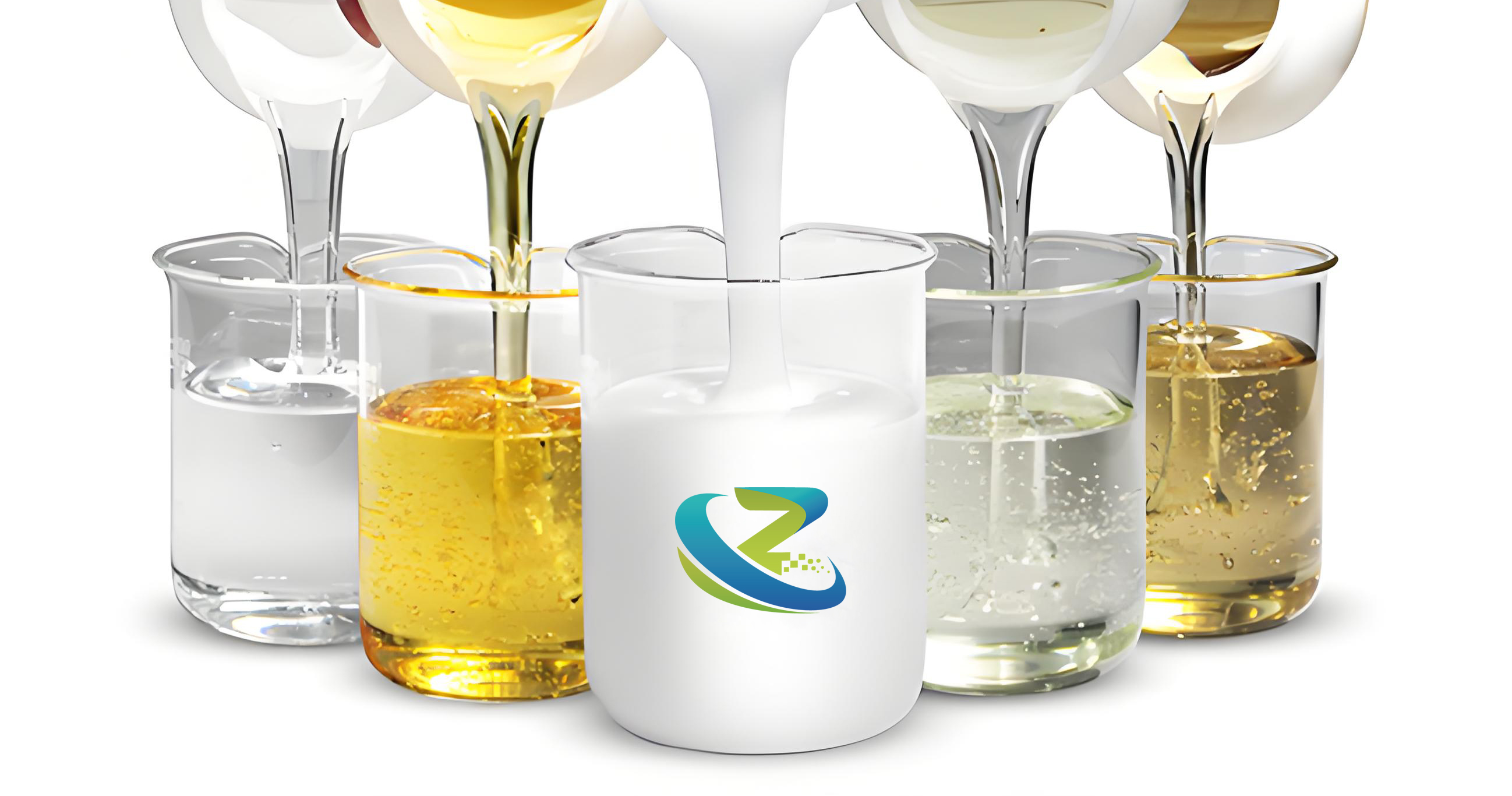In the coatings, inks, adhesives, and other industries, leveling agents serve as crucial additives that can significantly enhance the surface quality of products and reduce defects. Their core function lies in regulating surface tension, enabling the coating to flow uniformly before curing, and ultimately forming a smooth and level film.
Leveling agents can effectively address common issues such as orange peel, shrinkage cavities, and brush marks. For example, silicone-based leveling agents promote uniform spreading of the coating on the substrate by reducing surface tension, thus avoiding unevenness caused by local uneven tension.
In the fields of automotive paints and furniture paints, leveling agents can enhance the glossiness and hand feel of coatings, elevating the product grade. Simultaneously, a uniform film layer can also improve the weather resistance, scratch resistance, and other properties of the coating. Whether it is spray coating, roller coating, or dip coating, leveling agents can adapt to different application environments, reducing surface unevenness issues caused by operational differences, and are particularly suitable for automated production lines.
Modern leveling agents are compatible with various resin systems and are VOC (volatile organic compounds)-free, aligning with the environmentally friendly development trend of green coatings. By reducing rework and scrap rates, leveling agents indirectly lower the production costs of the industry. For instance, in coil coatings, leveling agents can prevent coil scrap due to surface defects.
Although leveling agents account for a small proportion in the formula, they are the "unseen heroes" that enhance the quality of coatings. As the industry's requirements for surface quality increase, their importance will become even more prominent.


 English
English
 Chinese
Chinese Vietnamese
Vietnamese
 HOME
HOME
 PRODUCT
PRODUCT
 NEWS
NEWS
 CONTACT
CONTACT


